The Ergonomics Hit List®: A Simple Tool to Identify Issues in the Workplace
Posted on April 12, 2024 | in Ergonomics

In industrial environments, it’s important to take the time to properly assess the workplace for musculoskeletal disorder (MSDs) risks which can lead to sprains, strains, and other soft tissue injuries. While nothing beats the accuracy of performing a quantitative assessment using VelocityEHS Industrial Ergonomics, our ergonomists created a simple observation-based list of easily identifiable, common risks you can (and should) always keep an eye out for.
The 10 movements or postures that our ergonomists call the “Ergonomics Hit List,” can directly contribute to the development of MSDs and should be fixed immediately.
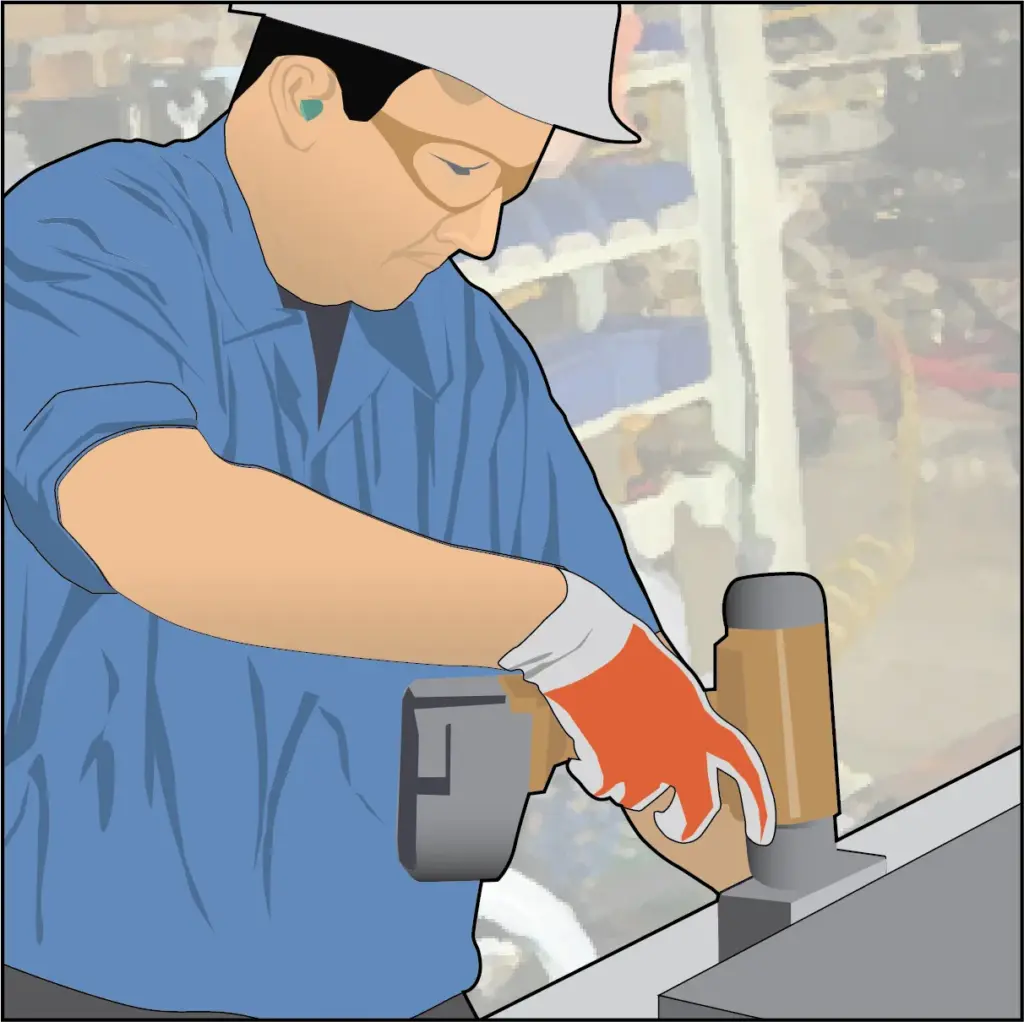
Bent Wrist
- This movement isn’t just a typical turning of the wrist; extreme bending in any direction, no matter the task or action of the hand, isn’t safe.
- Keep wrists straight to help maintain neutral wrist postures.
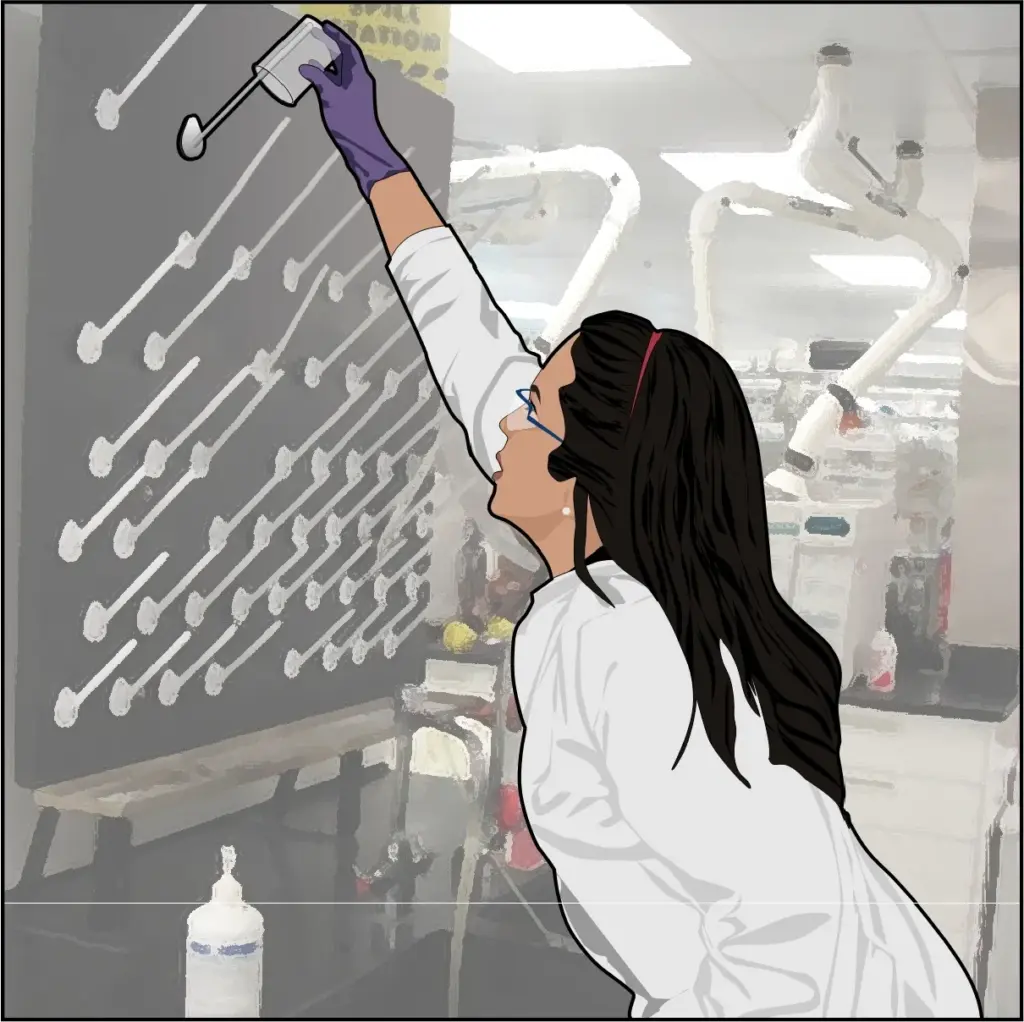
Overhead Reach
- Avoid repeatedly reaching above shoulder height when performing work – you’re much stronger when working below shoulder height, within the comfort zone (hips to waist).
- Keep overhead reach within the comfort zone to ensure that no strain is required.
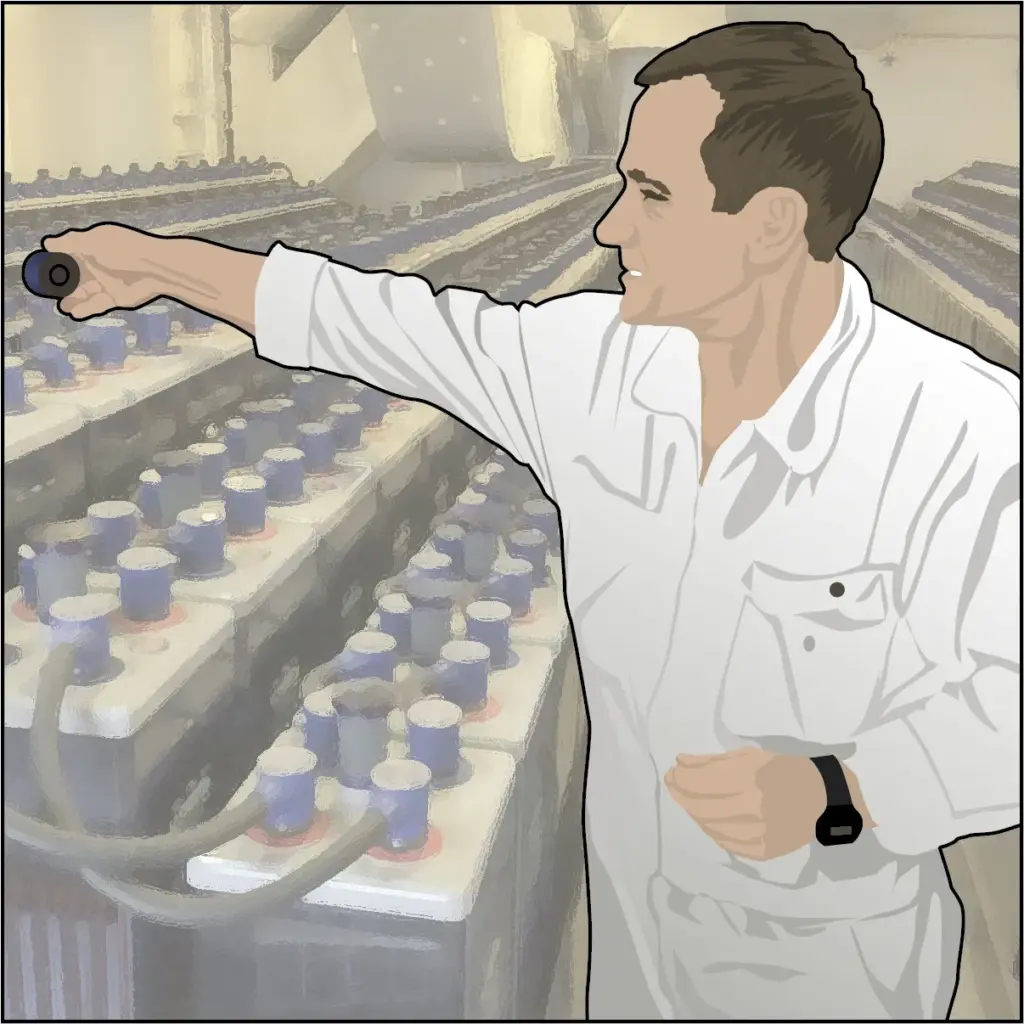
Horizontal Reach
- The farther you reach from the body, the larger the amount of force is needed to accomplish the task. Holding a small load at a far horizontal reach can increase the amount of force put on the lower back by as much as 15x.
- Focus on working within neutral reach, the point at which you can extend your arms without extra force or strain.
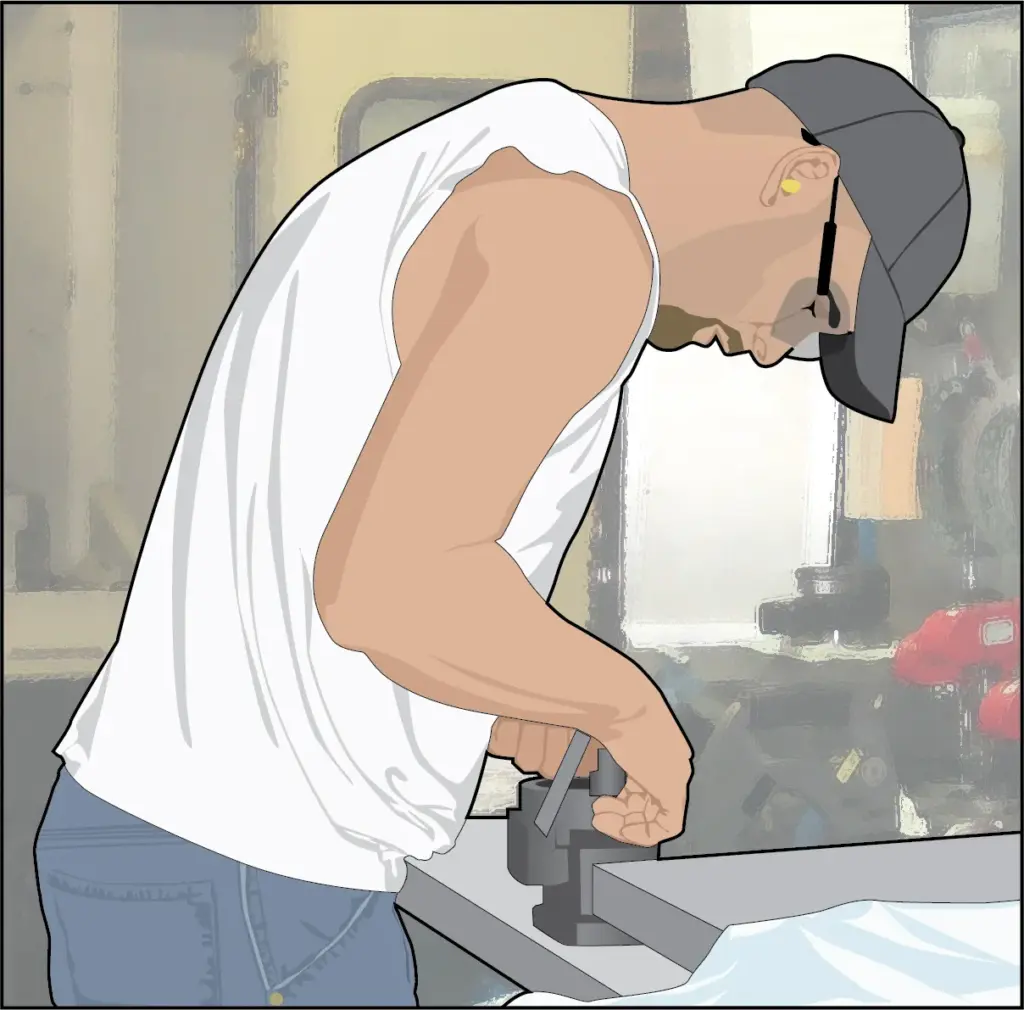
Awkward Neck
- Avoid bending or twisting the neck for long periods of time – just like working beyond our comfortable reach.
- Keep work within the eyeline so that the neck isn’t strained in any way.
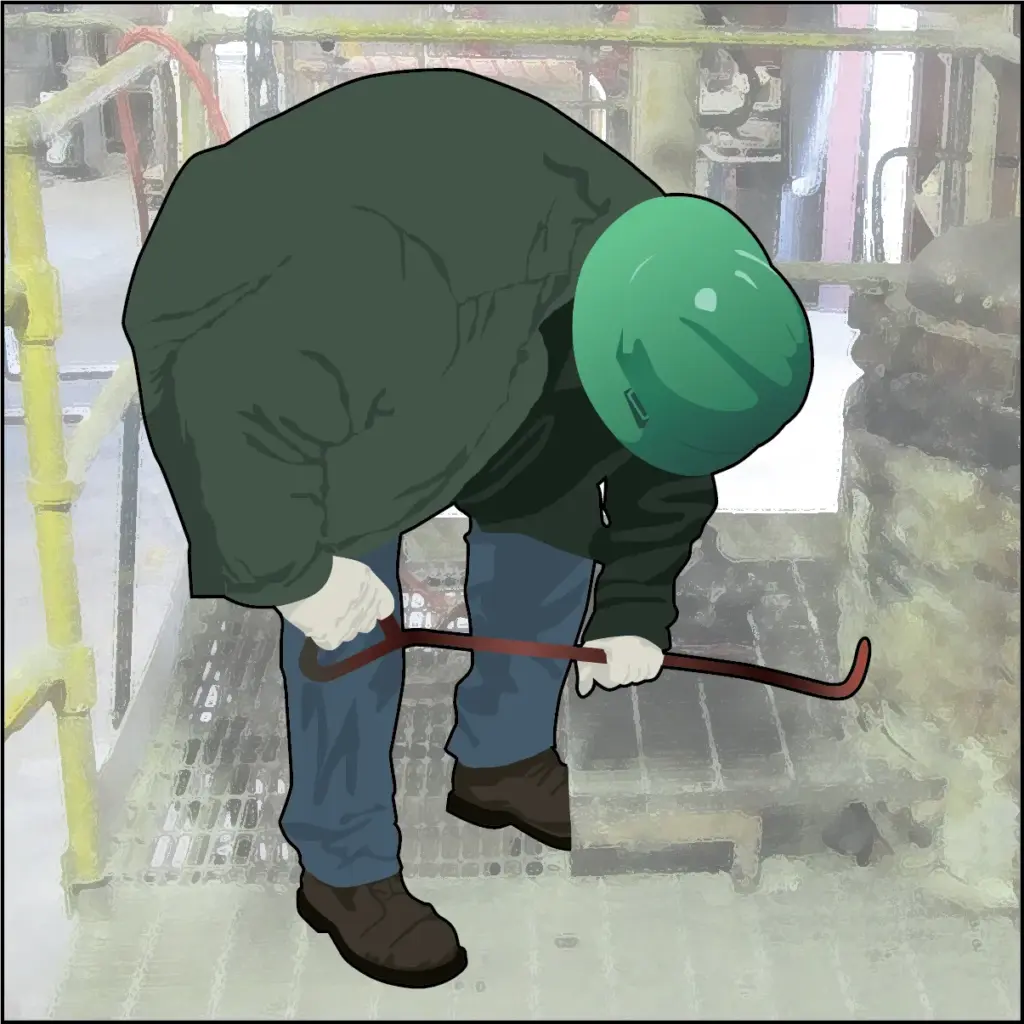
Bent Back
- Consistently bending over at the waist and straining the lower back can cause pain and discomfort quickly. Not only does this put you at risk of injury, but it actually takes a longer amount time to complete a task from the wider range of motion.
- Keep work at an angle that allows for a neutral spine.
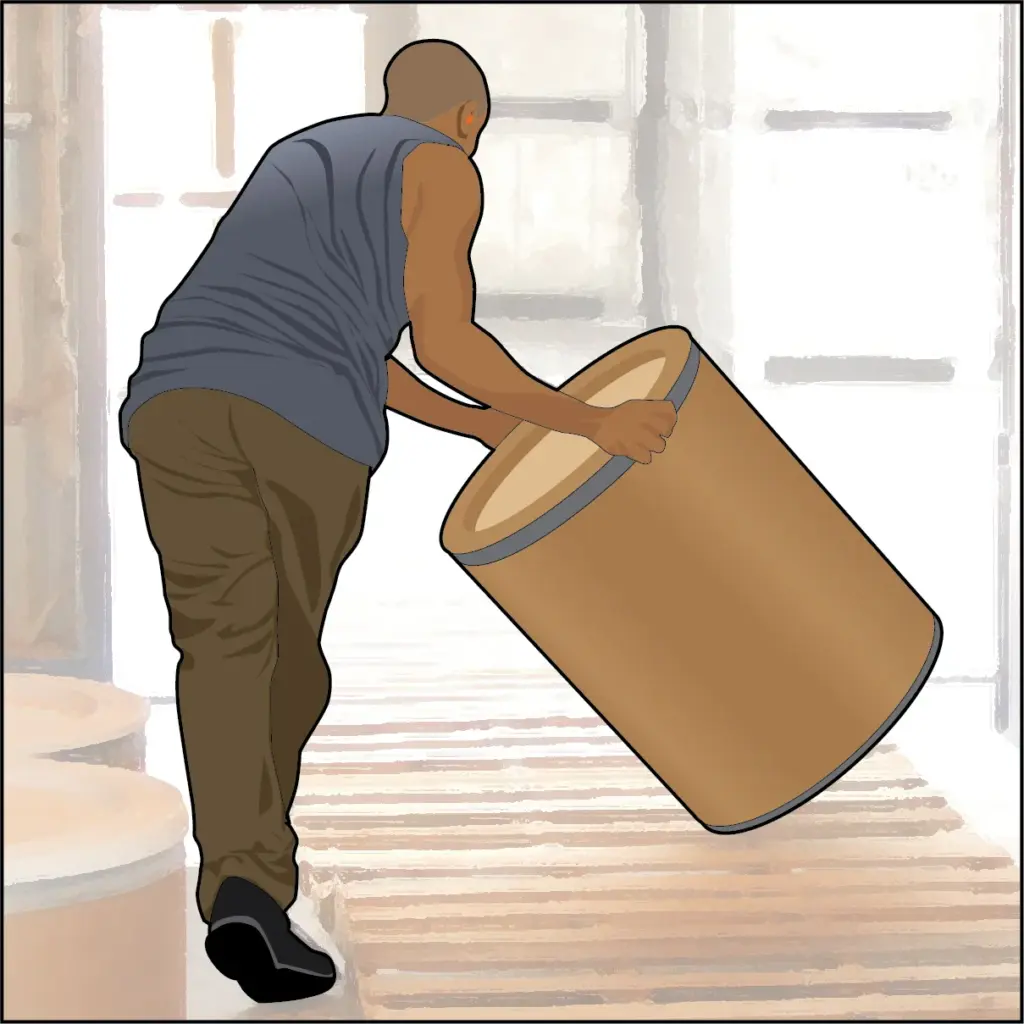
Twisted Back
- This happens when your shoulders, hips and feet aren’t aligned for extended periods of time.
- Fix this by always keeping your work in front of you to keep your spine in line.
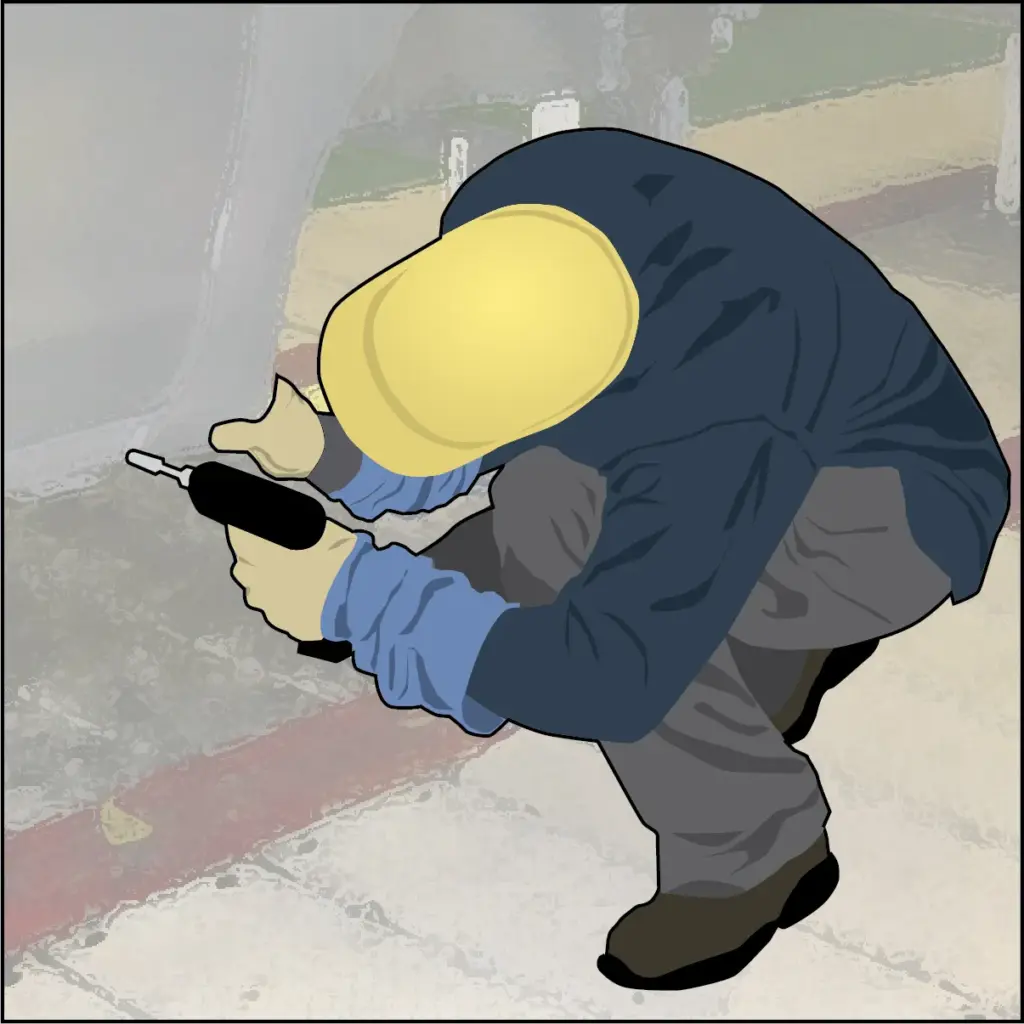
Squat/Kneel
- This movement is unavoidable, as we all bend and squat doing everyday tasks. But it’s important that we keep this to a minimum.
- Limit the amount of squatting/kneeling required for a job task and reassess the task if needed.
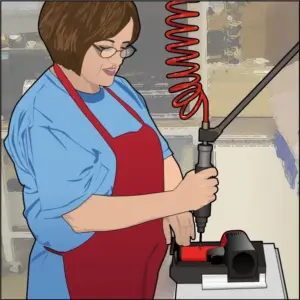
Static Sit/Stand
- Sitting or standing for long durations of time can negatively impact circulation, metabolism and work performance.
- Take breaks and incorporate periods of movement throughout your day and avoid sitting for longer than 4 hours.
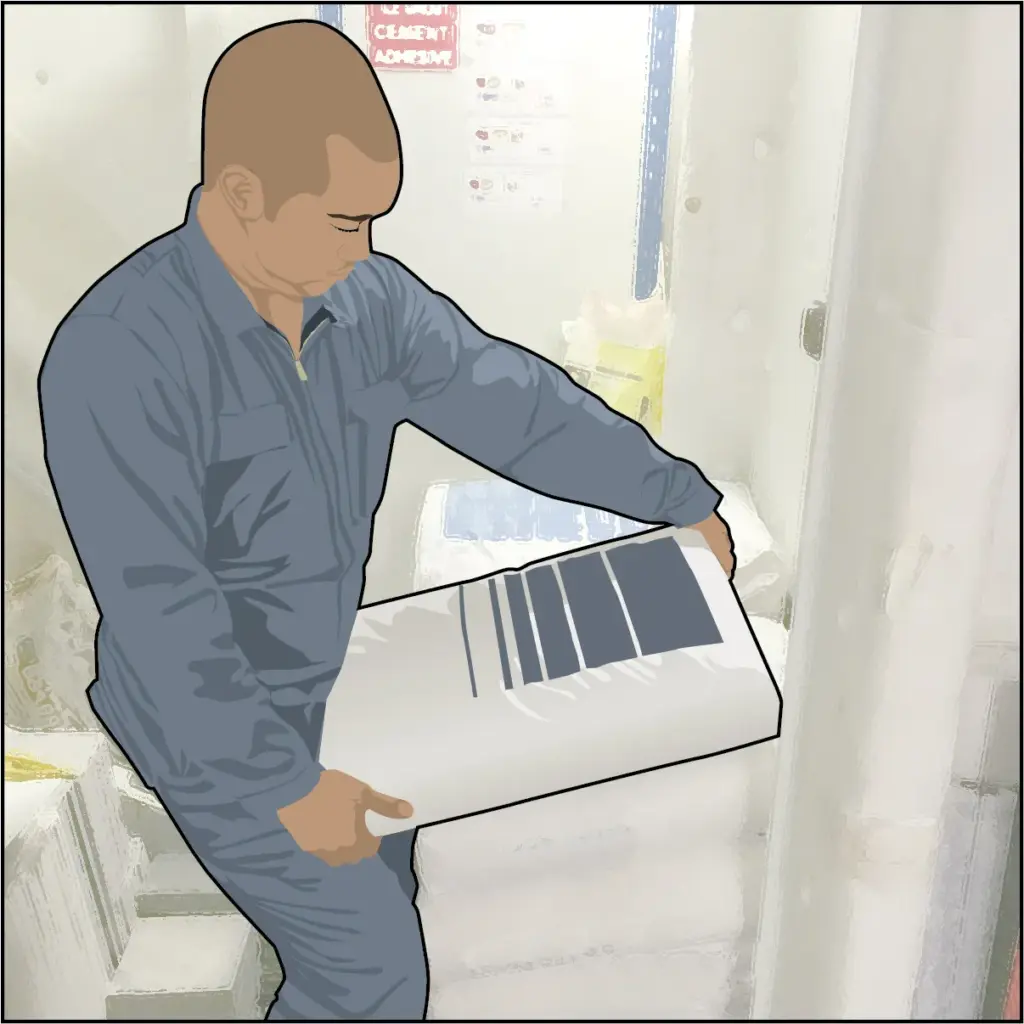
Heavy Lift
- This movement puts a great amount of strain on your muscles and the lower back – especially when you’re lifting heavier objects above the shoulders or below the knees.
- Use the right equipment to help you lift more easily, such as Manual Material Handling equipment like jacks, carts and lift tables.
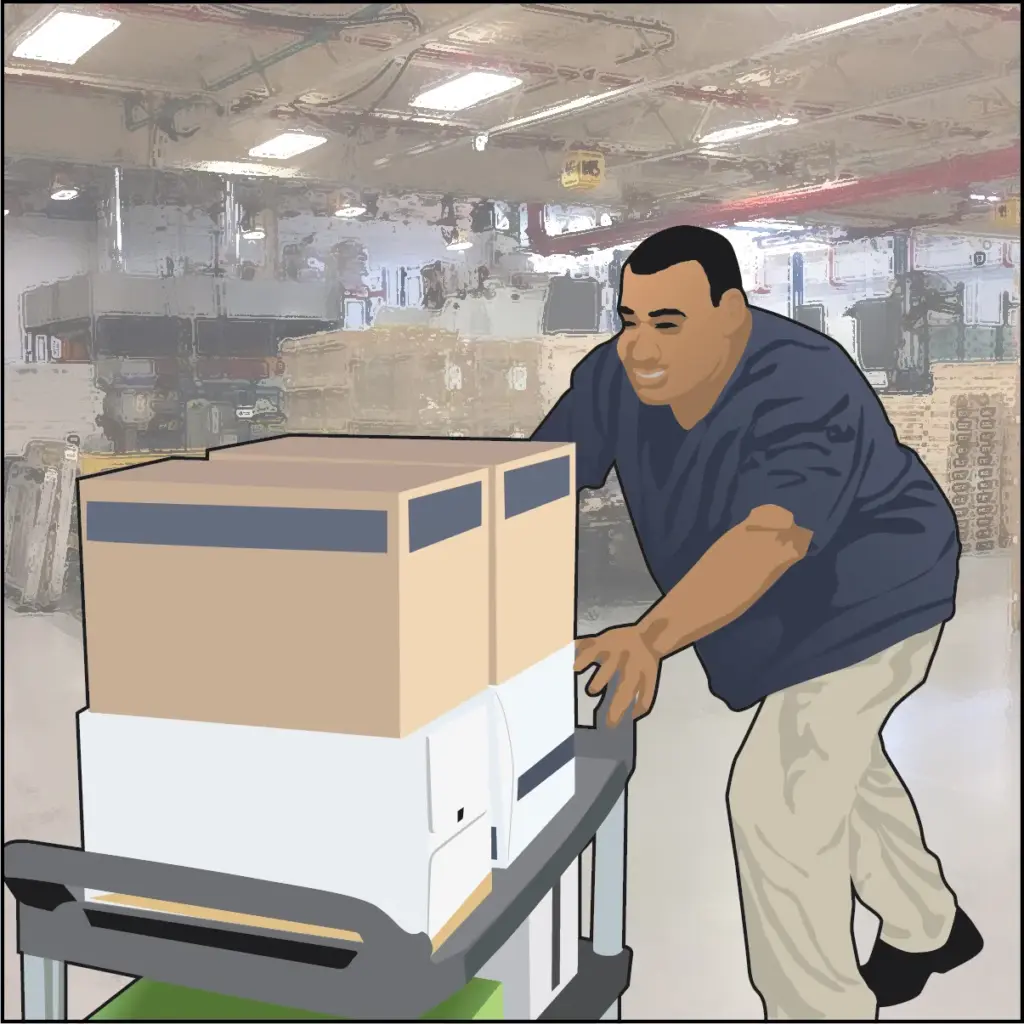
Excessive Force
- Excessive force refers to when you’re working on something that requires more force than what feels natural, pushing beyond your comfortable strength. This can stress and fatigue the muscles and joints.
- Again, be sure to use the right equipment to assist when working on tasks that require excessive force.
This Ergonomics Hit List is a foundational resource for the most problematic movements that contribute to the development of musculoskeletal disorders, which are noticeable without any special tools or technology. But it’s important to note that leveraging technology allows you to measure and prioritize MSD risk, make appropriate changes that address the root causes, and verify and track improvements.
Discover what VelocityEHS Ergonomics can do for your organization with its powerful combination of interactive online training, AI-driven assessment tools, embedded expertise to help identify and control root causes, and an innovative ergonomics management database. Your organization will have everything necessary to deploy, monitor, and manage a sustainable ergonomics process, from one to hundreds of locations.